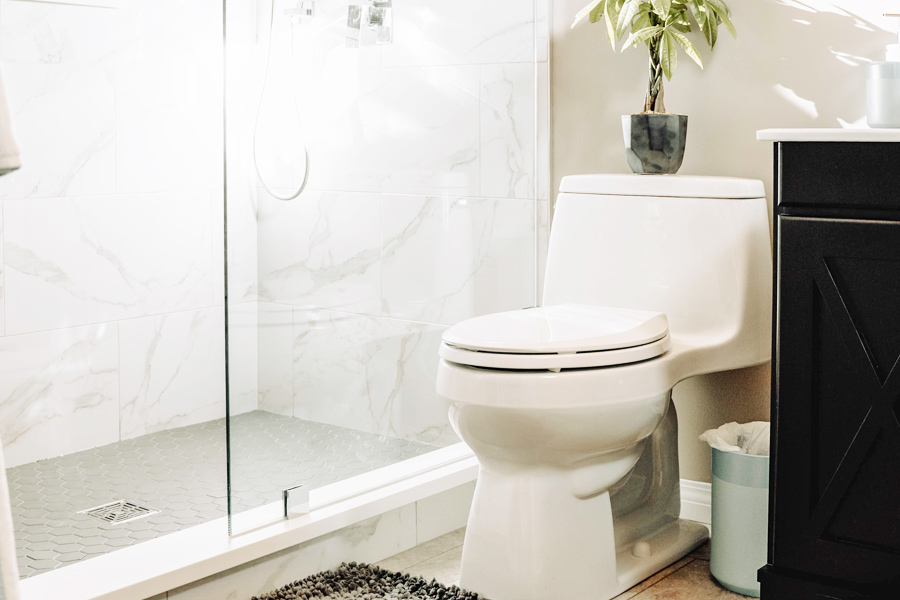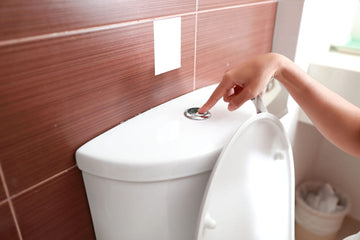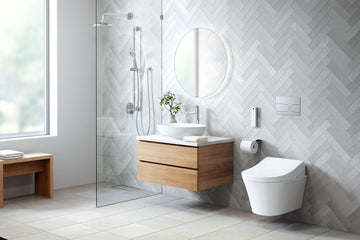In today's world, where sustainability is at the forefront of global conversations, upgrading to a water-saving toilet stands out as an imperative step. For Industry QA professionals, efficient water management not only exemplifies environmental responsibility but also signals a commitment to cutting-edge technologies and operational efficiencies. This introductory move should be considered a must for anyone aiming to reduce water waste and minimize utility bills.
Improved water efficiency is key to sustainable living. Optimally, it begins right in the restroom. Traditional toilets can use up to 7 gallons per flush, whereas modern water-saving models significantly cut this down, utilizing as little as 1.28 gallons per flush. This monumental shift not only offers an environmental advantage but also equates to significant cost savings, ensuring that investing in a water-saving toilet is both financially and ecologically prudent.

Benefits of Water-Saving Toilets
Water-saving toilets, such as high-efficiency toilets (HETs), offer a compelling case for EPA's WaterSense label, pushing both households and commercial spaces toward a sustainable future. The benefits are manifold, providing both ecological and economical advantages.
Beyond just water conservation, these toilets contribute to less sewage overflow and reduced strain on aging plumbing infrastructure, therefore lessening maintenance costs. As specific maintenance tips for water-saving toilets show, reduced clogging potential minimizes the need for repairs.
Installation Process Simplified
Many might be daunted by the installation process, but rest assured, it is streamlined and straightforward. Whether opting for do-it-yourself methods or professional assistance, be sure that upgrading aligns with suitable plumbing connections and fittings. For further guidance, the Wagner Mechanical guide can be particularly useful.
Cost Considerations
When considering the financial impact, initial costs may seem high; however, the savings accrued from reduced water bills quickly offset any upfront expenditure. In many cases, government rebates and incentives are available for consumers opting for environmentally-friendly options. The HowStuffWorks breakdown on low-flow toilets clearly delineates these advantages.
Ensuring Optimal Performance
For a water-saving toilet to achieve its maximum potential, regular maintenance and mindful usage are key. Ensuring timely refills and avoiding the disposal of non-flushable items promote sustained efficiency. Additional resources on toilet water usage underline the importance of understanding consumption patterns.
Innovative toilet designs continue to evolve, introducing solutions that not only address water usage but also improve overall hygiene and user comfort. Advancements in cleaning technologies and ergonomic designs complement their primary function, providing added value beyond savings.
Comparing Toilet Technologies
Understanding the nuances between pressure-assisted, gravity-fed, and dual-flush toilets can guide more informed decisions. For detailed insights, the Express Sewer guide provides extensive information on water-reduction capabilities.
Conclusion
In conclusion, for Industry QA sectors aiming to champion sustainability, upgrading to a water-saving toilet is a vital step towards resource conservation and operational optimization. By plunging into these advanced systems, users contribute to a greener planet, reduce costs, and play an active role in safeguarding the future.

FAQs
What are the cost implications of switching to a water-saving toilet?
The initial expense may be higher, but the investment quickly pays off through reduced water bills and potential rebates.
Are water-saving toilets as effective as traditional models?
Yes, modern water-saving toilets match, if not exceed, the performance of traditional toilets with the added benefit of reduced water usage.
How often do water-saving toilets require maintenance?
Routine maintenance is minimal but crucial for optimal performance, such as checking for leaks and ensuring proper flush settings.






